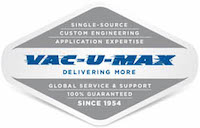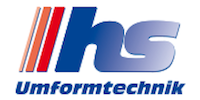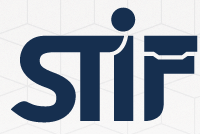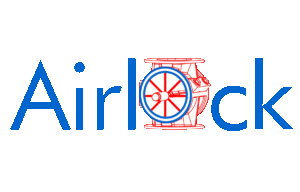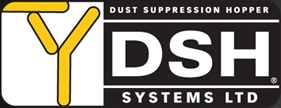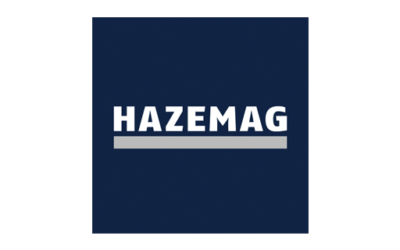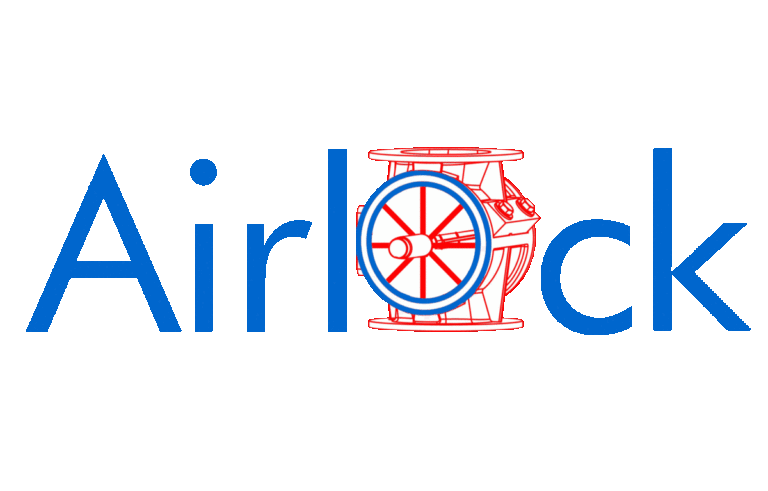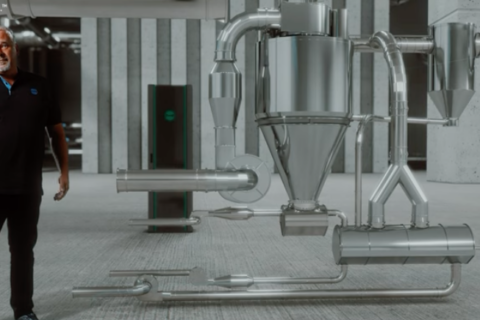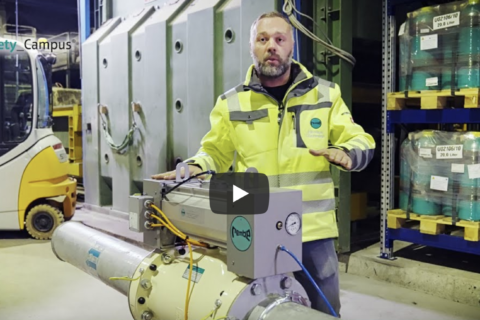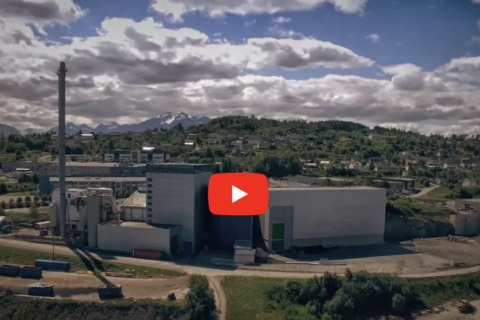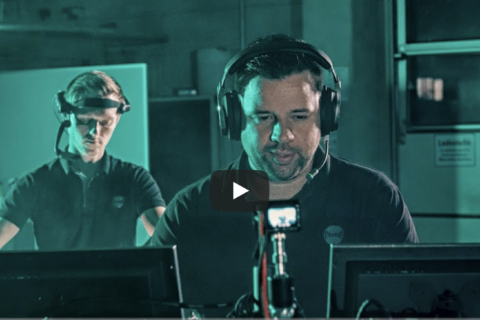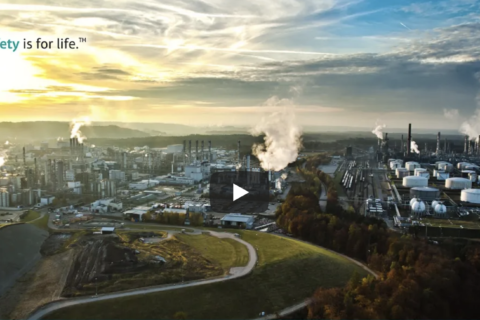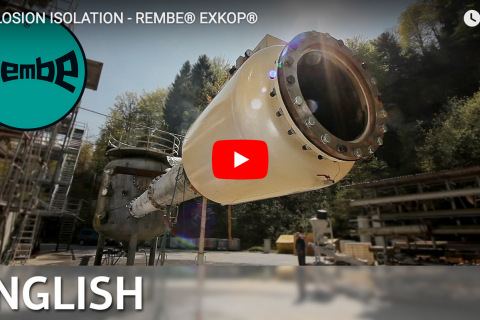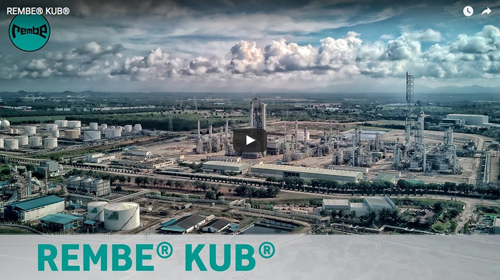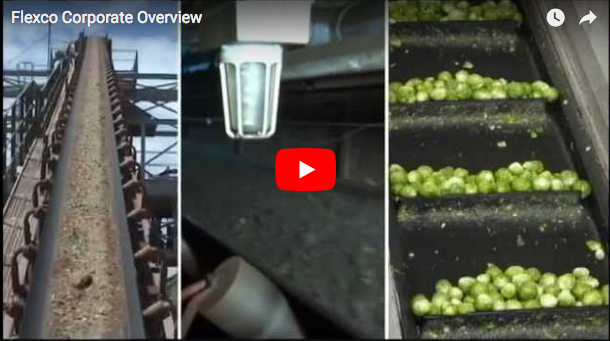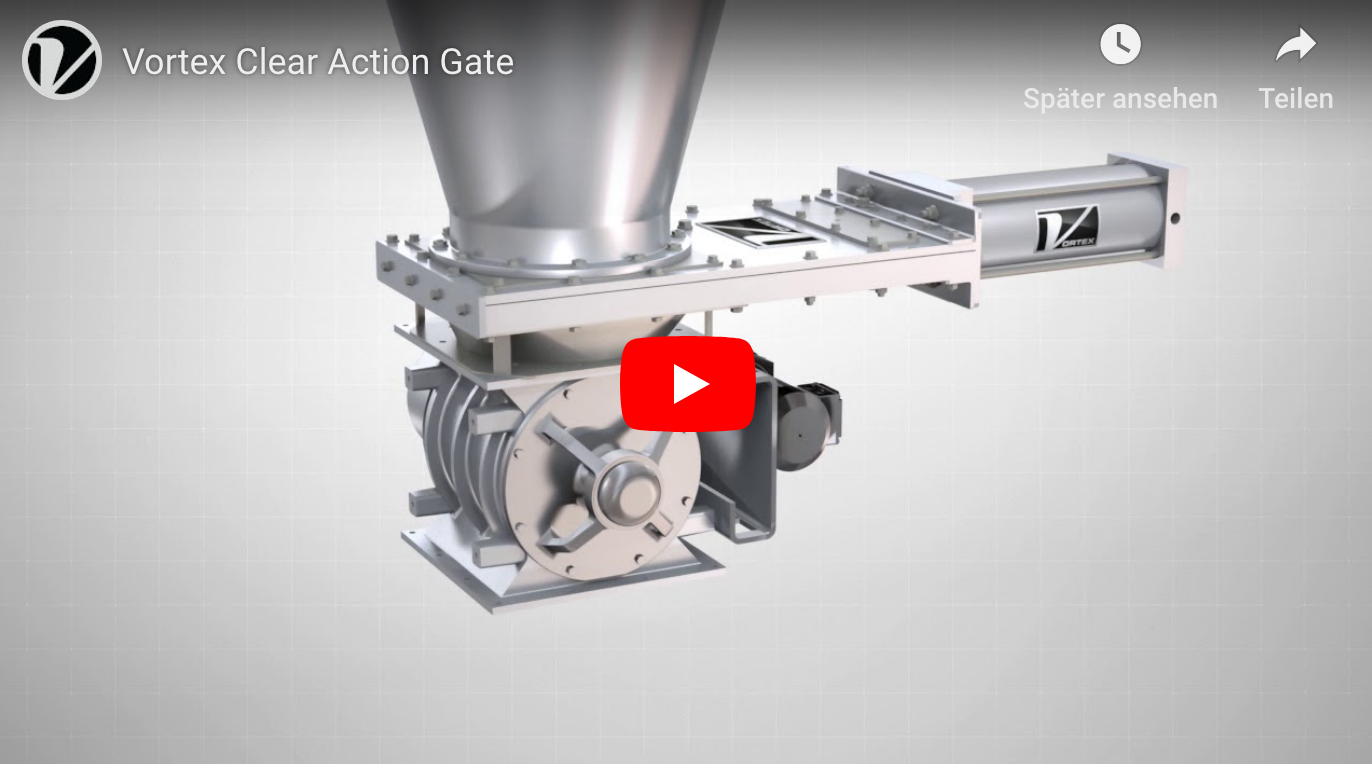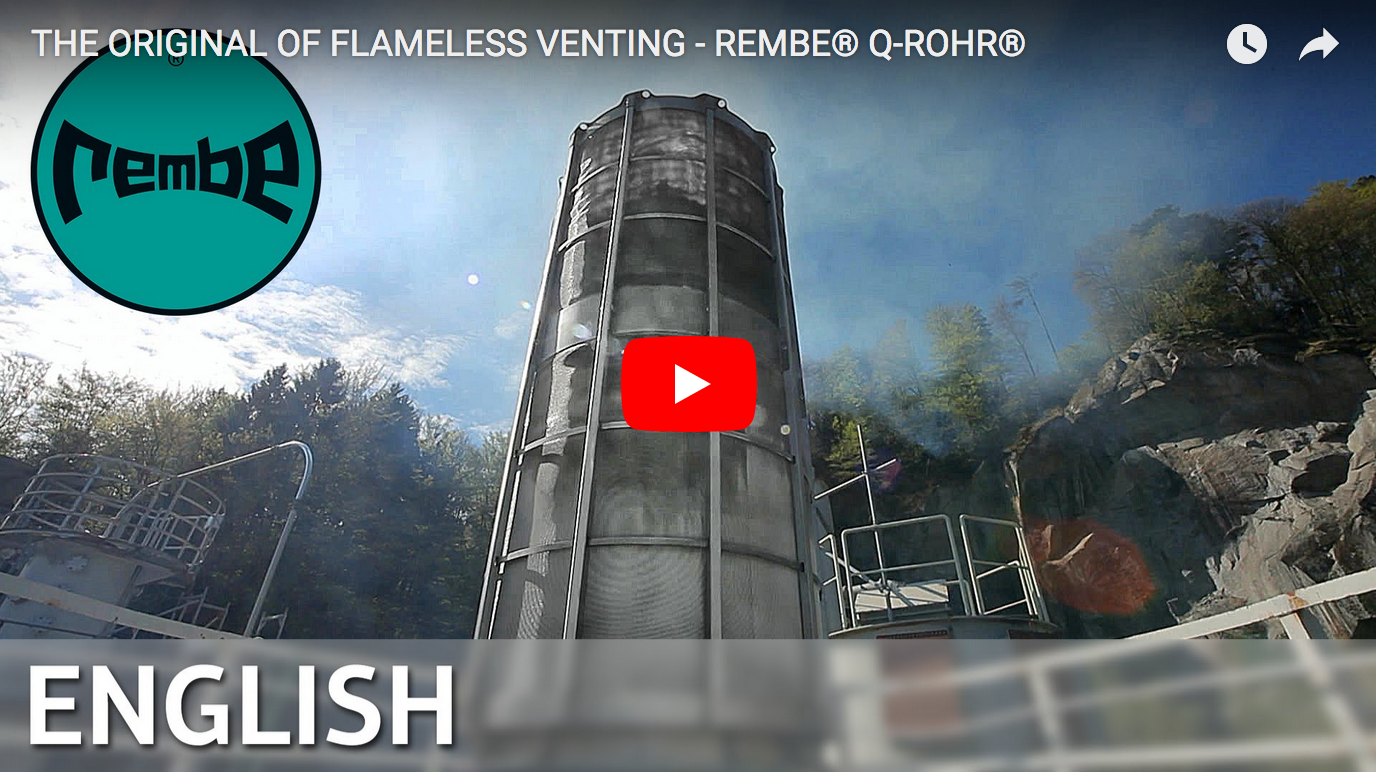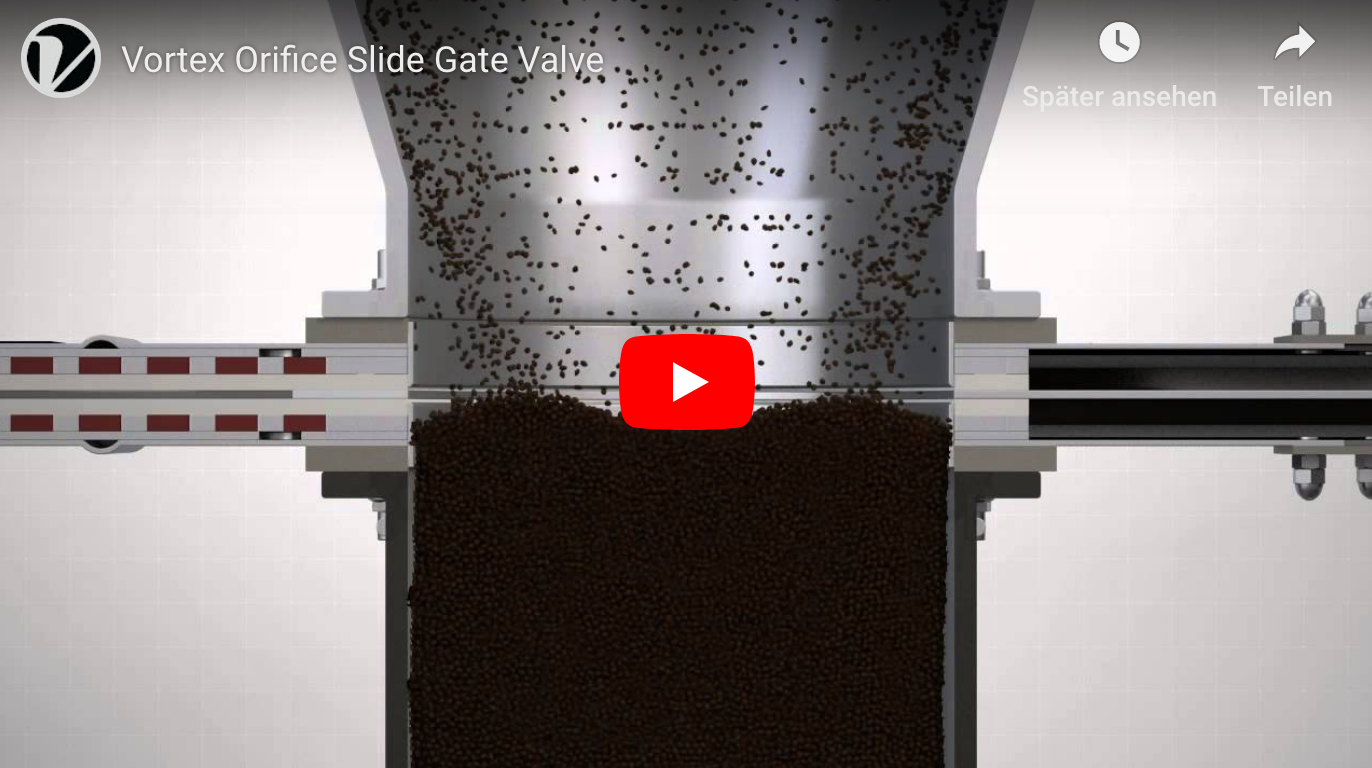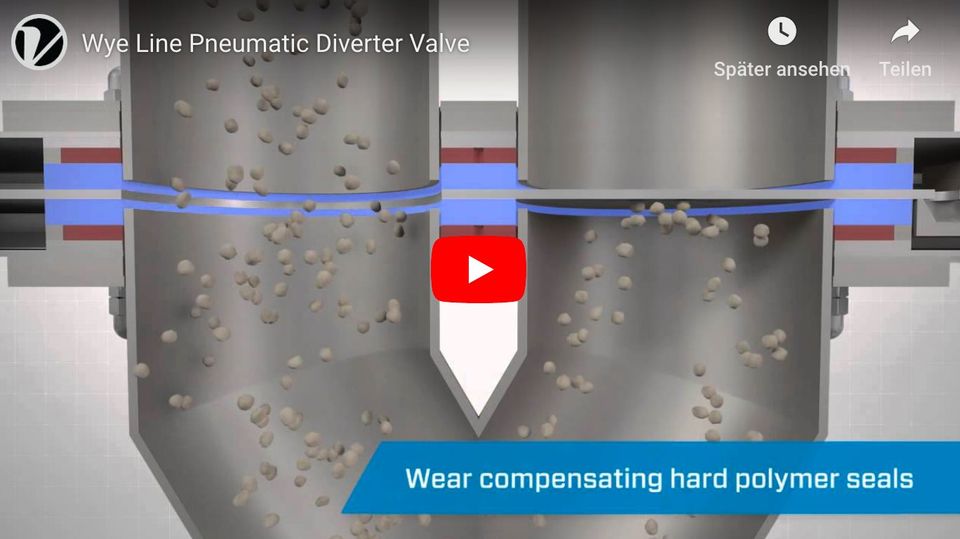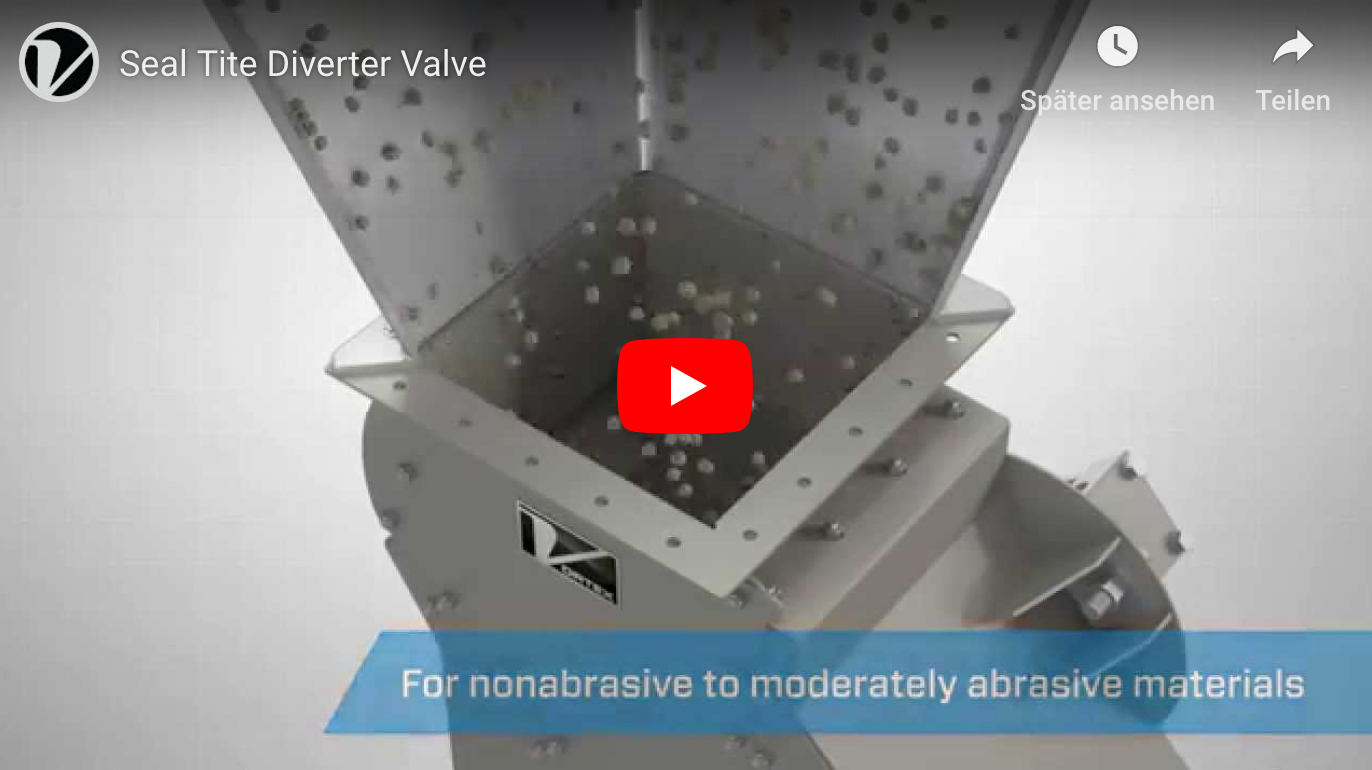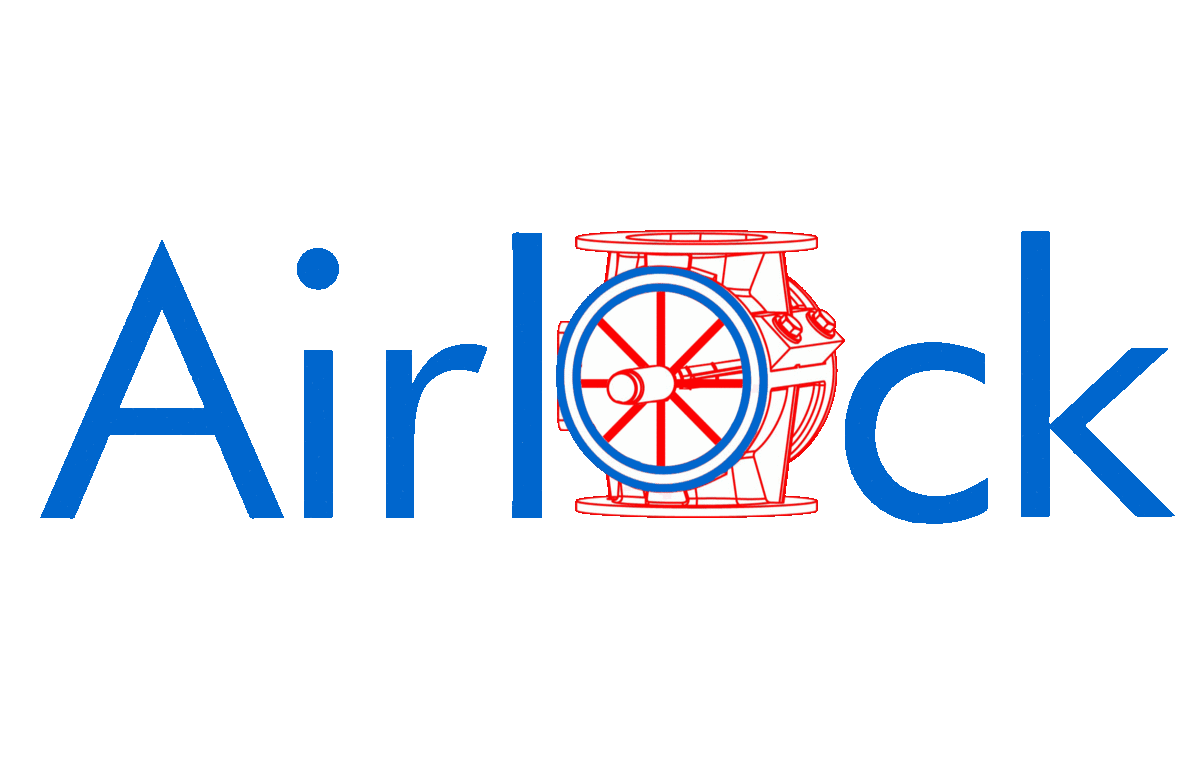Videos on Handling & Processing of Powder & Bulk Solids
A widely used measure to protect against damage caused by combustible dust explosions is venting with explosion panels. If a dust explosion cannot be vented into a safe area, flameless venting is paramount.
REMBE® invented this technology 25 years ago and its bestseller, the REMBE® Q-Rohr® , protects industrial plants worldwide.
No matter what the type of dust/industry—food, pharma, chemical or metal dusts, hybrid mixtures or gases—the REMBE® Q-Rohr® can safely handle them all, keeping explosions in check. It efficiently protects personnel, the environment and equipment and ensures that manufacturing can continue safely and smoothly, even within a building. It is the ultimate explosion retention solution!
This is how Man, Environment and Machine are safely protected and your Production is running smooth and efficient.
**********
REMBE®Videos
shown on the Powder Bulk Videos Portal:
1. REMBE® KUB® –
The most reliable rupture disc
2. REMBE®:
Safety_Campus® –industrial – Flameless explosion venting
3. REMBE®:
Explosion Isolation – REMBE® EXKOP®
4. REMBE®:
REMBE® Safety_Campus® – industrial – REMBE CO.Pilot
5. REMBE®:
The Original of Flameless Venting – REMBE®Q-ROHR®
6. REMBE®:
REMBE® ELEVENT® Breather Valve
7. REMBE®:
REMBE® Digital Audit – RDA
8. REMBE®:
REMBE® Authorized Servicepartner
9. REMBE®:
REMBE® Rush Order Service –
the fastest track to get your customized rupture disc
10. REMBE®:
REMBE® Safety_Campus® –
unboxed – EXKOP® Maintenance
**********
REMBE® Videos
auf dem Schüttgut Videos Portal:
1. REMBE®:
Safety_Campus® –industrial – Flammenlose Druckentlastung
2. REMBE®:
Fachtagungen Explosionsschutz und Druckentlastung
3. REMBE®:
Flammenlose Druckentlastung mit REMBE® Q-Rohr®
4. REMBE®:
Explosionstechnische Entkoppelung – REMBE® EXKOP®
5. REMBE®:
REMBE® Safety_Campus® –
unboxed – EXKOP® Wartung
**********
More Videos by REMBE®
FEATURED VIDEOS
Views started Jan. 1, 2024Top 15 Videos
- VAC-U-MAX: Direct Charge Blender Loading(TM) Whiteboard Video (11,119)
- Schenck Process: Rotary Valve for Feeding Alternative Fuels in Cement – MultiCell AF (11,060)
- Enge Plas Automation – Corporate Video 2023 (11,055)
- DSH Systems: Introduction (10,994)
- Laidig Systems: Applications – Powder and Bulk Solids (10,962)
- DSH Systems: Installation Profile – Phu My Port in Vietnam (10,877)
- Vortex® Aerated Conveying System (10,864)
- REMBE®: Safety_Campus® –industrial – Flameless Explosion Venting (10,855)
- DSH Systems: Before & After DSH7 Truck Loading Limestone Sand (10,851)
- REMBE®: Safety_Campus® – industrial – REMBE CO. Pilot (10,845)
- Schenck Process: Cement Mixing and Blending with MULTICOR® (10,823)
- Schenck Process: E-finity Dense Phase Conveying (10,788)
- Schenck Process: Enclosed Belt Conveyor & Elevator for Cement & Alternative Fuels (10,780)
- Schenck Process: Kibbler Heavy Duty Mill – Kemutec KEK – Food Breaker & Grinder (10,776)
- Schenck Process: Universal Mill for Fine Grinding of Powders – KEK Kemutec (10,749)






